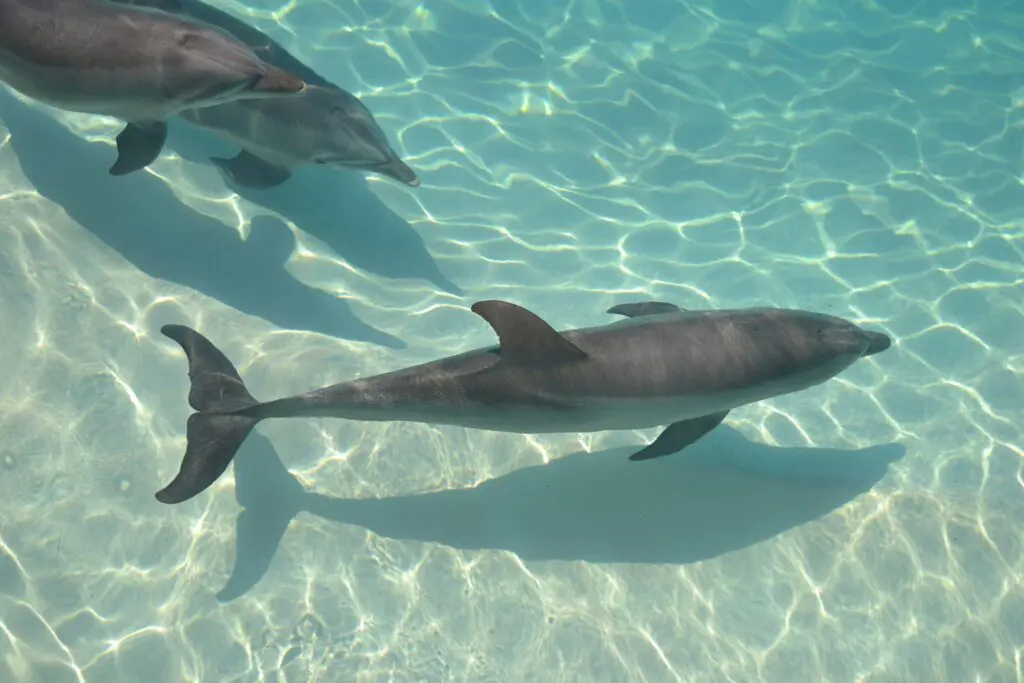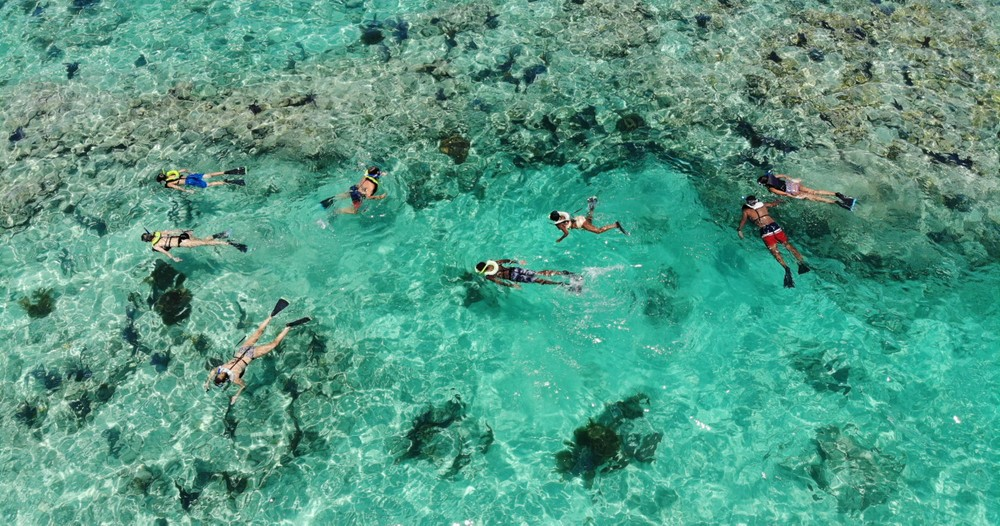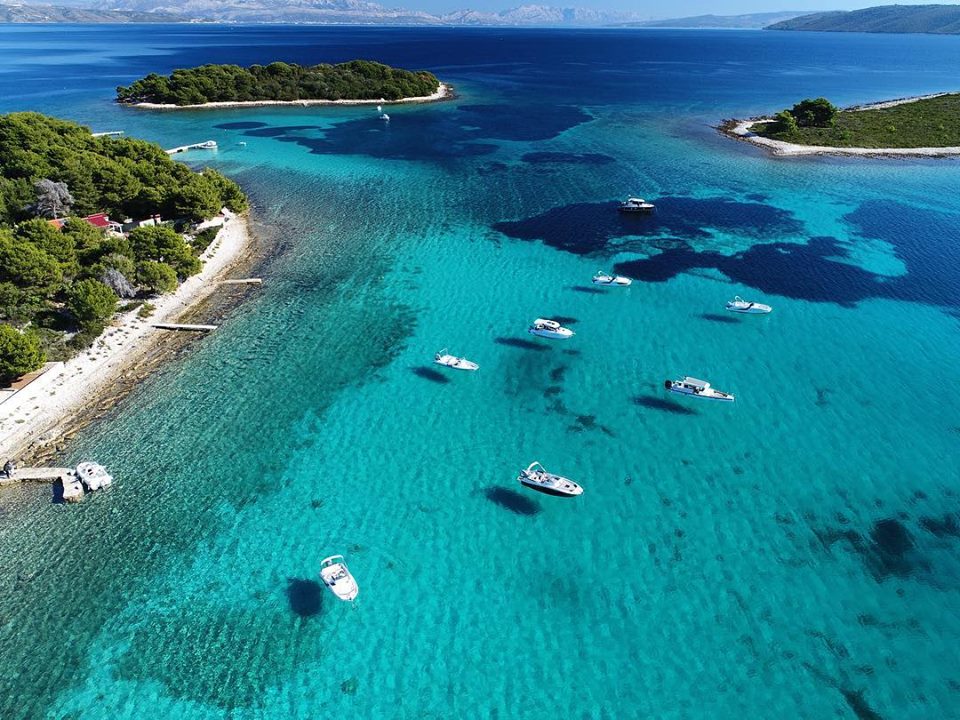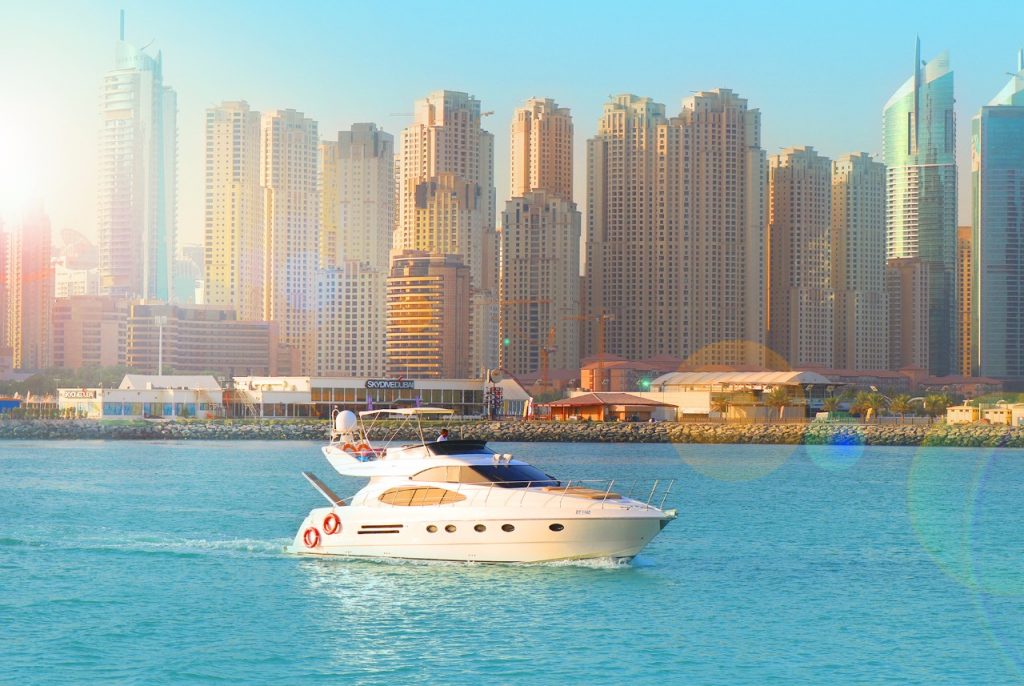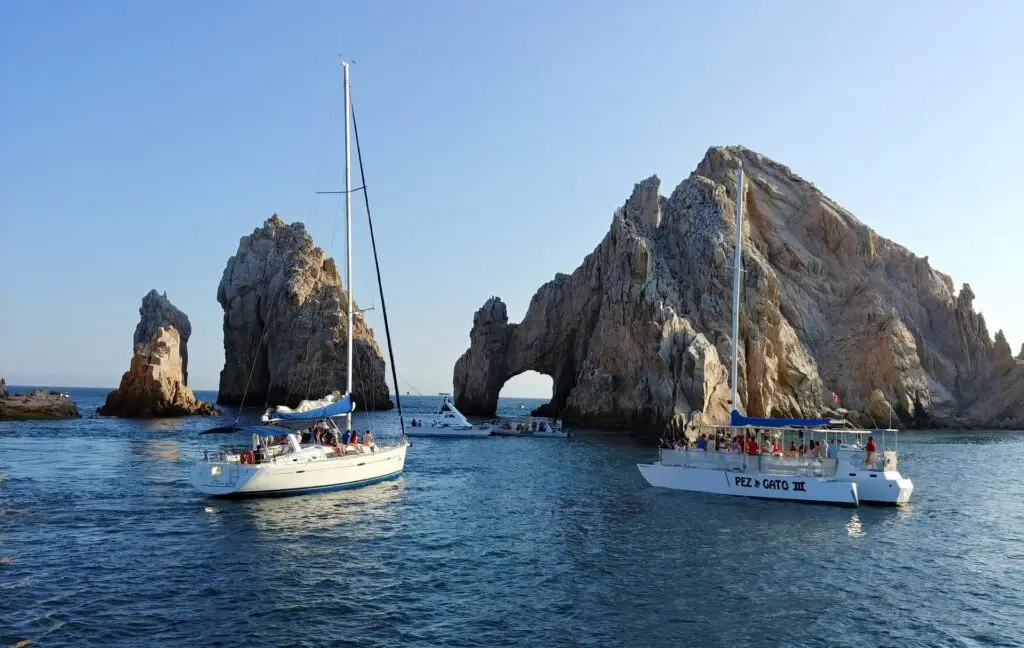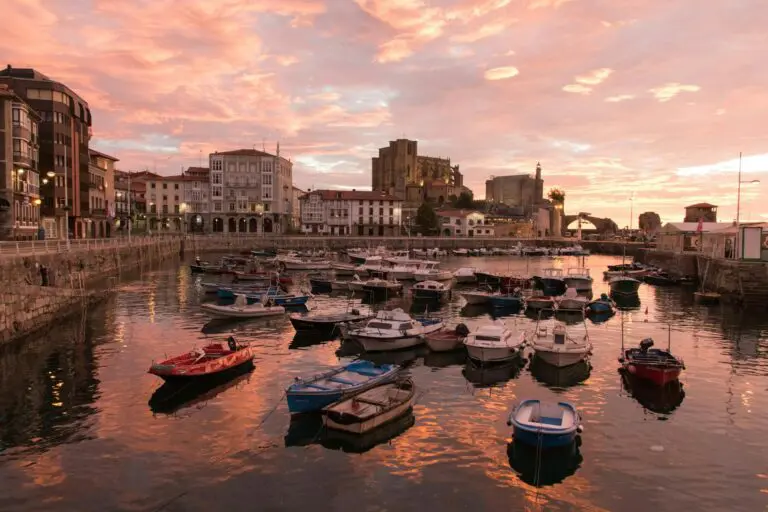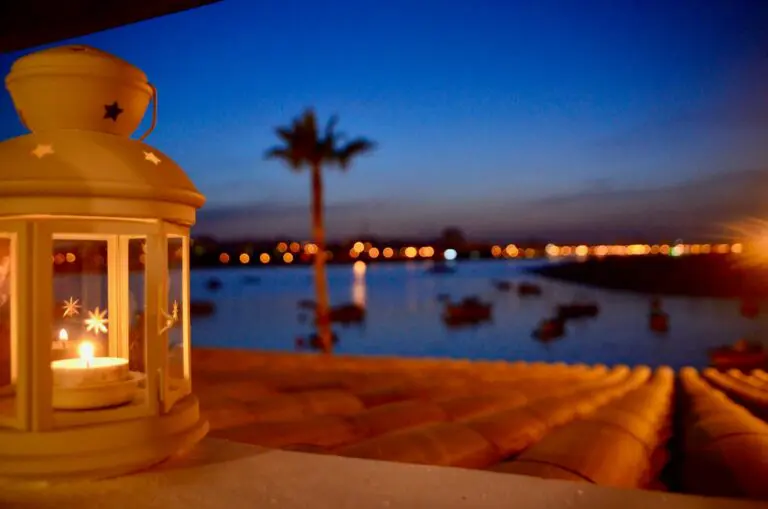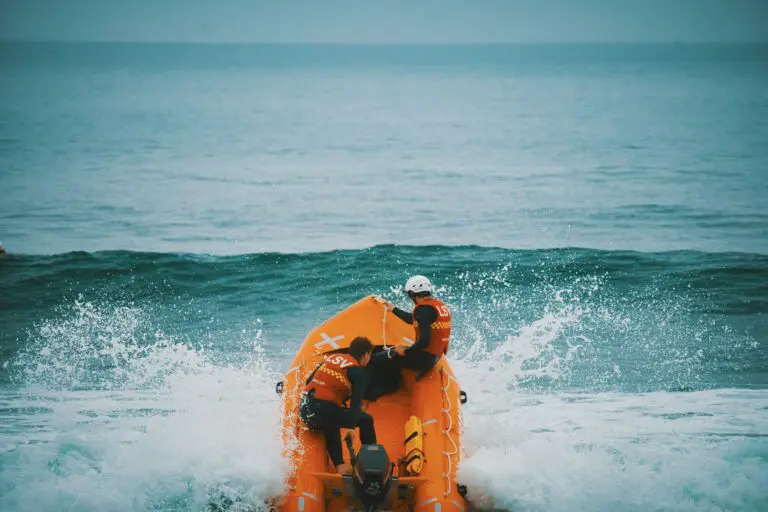Whether European coastlines are the rugged shores of the North Atlantic or the sun-drenched beaches of the French Riviera, these diverse and breathtaking places are the perfect destinations for everyone’s dream summer vacation — even if you have unique expectations, such as marine life encounters in their natural habitats. Imagine the magnificent moment when whales breach the sea surface. This incredible sight might inspire you to seek boat jobs to observe the phenomenon more often. Just continue to tempt your imagination further with dolphins leaping through the waves. You can also explore many other opportunities available on platforms like Jooble to combine your career with your love for nature. Now, let’s delve into the top nooks of nature in Europe for whale and dolphin watching.
Azores, Portugal
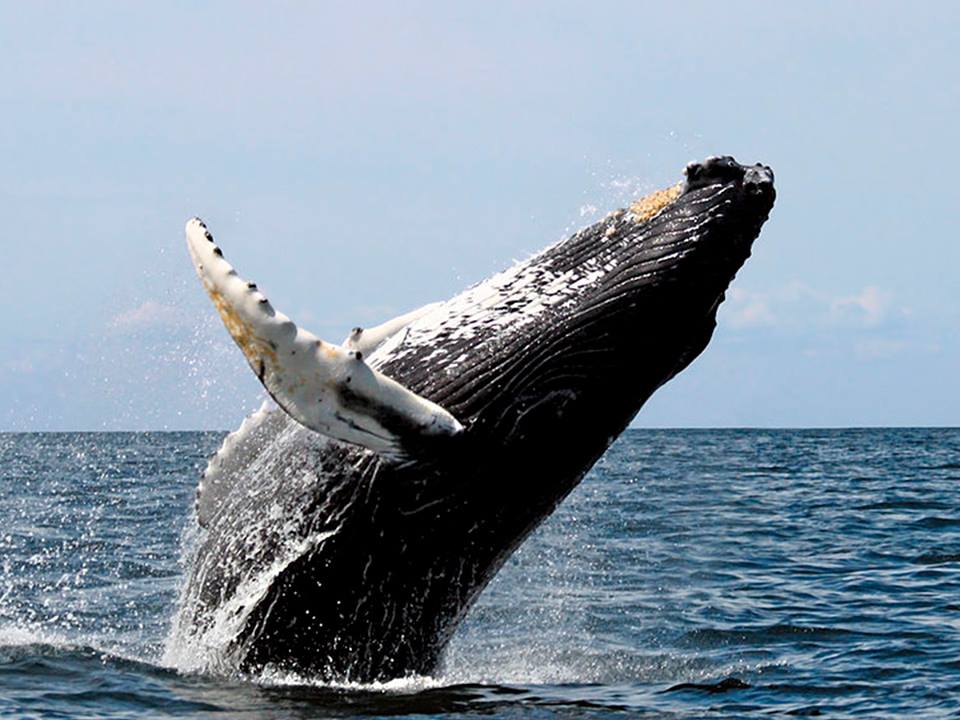
The Azores, an Atlantic archipelago of nine volcanic islands also known as the Hawaii of the East, is one of the largest cetacean sanctuaries in the world. This ecosystem of nutrient-rich waters is a watching paradise of more than twenty-five different types of whales and dolphins. The migration period from April to June is usually the best time to visit. However, resident species, including common dolphins, sperm whales, bottlenose dolphins, and Risso’s dolphins, can be seen all year round. By the way, the latter two are endemic to the area.
Madeira, Portugal
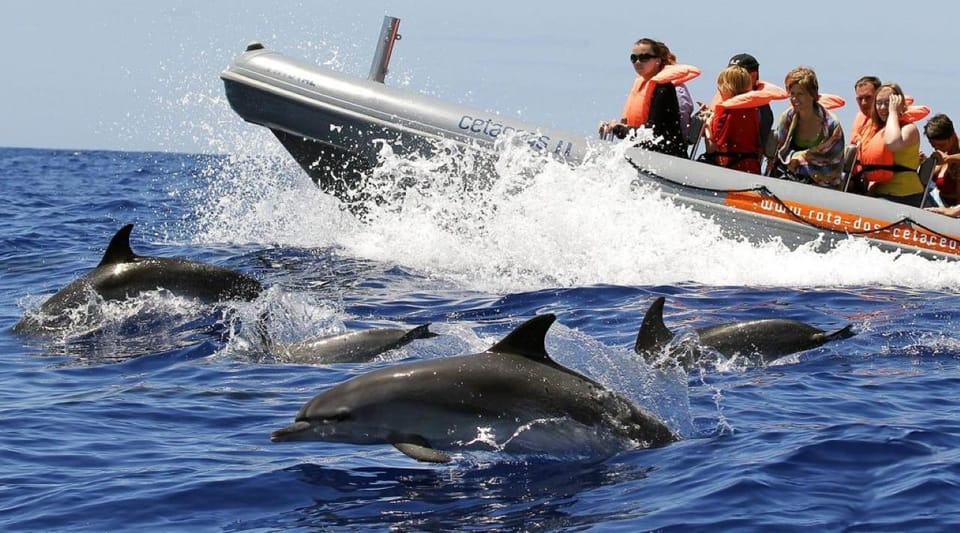
Moving approximately 1000 km southwest of the Azores, you will find yourself on the Madeira archipelago, which offers favorable conditions for spotting over 20 cetacean species in the wild, thanks to its crystal-clear, calm waters and stable weather. Here are some of the whale species you can see:
- Blainville’s Beaked Whale;
- Blue whale;
- Bryde’s whale;
- Cuvier’s Beaked Whale;
- Fin whale;
- Minke whale;
- Humpback whale;
- Sei whale;
- Sperm whale.
Some dolphin types are as follows:
- Atlantic spotted dolphin;
- Common dolphin;
- Pilot whale;
- Rough-toothed dolphin;
- Striped dolphin.
Despite the numerous tours that have become so popular recently, all these marine mammals experience no stress and can show their natural behavior.
Shetland Islands, Scotland
This area, located in the northernmost part of Scotland, is a hidden gem for marine wildlife enthusiasts. One indication of this is the Facebook group called “Shetland Orca Sightings,” created to post the sightings of killer whale pods across the Isles. They usually happen during the summer months between May and August, when whales even could come close to the shore, giving both locals and visitors a chance to enjoy an encounter with them from land at a safe distance.
West Cork, Ireland
The Irish government’s declaration in the early 1990s of the coastal waters of Ireland as a whale and dolphin sanctuary paved the way for their watching to become a prime activity for tourists. The unpolluted waters of the West Cork coastline, located in the southwestern part of Ireland, serve as a temporary feeding ground or year-round home for over twelve cetacean species, including Minke whales, Fin whales, common dolphins, Harbour porpoises, and more. It should be noted that the highlight of any local cetacean spotting tour is the sighting of large Baleen whales.
Ouessant, France
This small island is situated off the western coast of Brittany. Its location in the Atlantic Ocean is an excellent condition for whale and dolphin sightings throughout the year. If you are keen to soak in the Ouessant’s cultural heritage while catching a glimpse of marine life, a visit to the Créac’h lighthouse is a must. From there, you can spot cetaceans just offshore.
Liguria, Italy
Since 1991, the stretch of sea between Liguria and the northern coasts of Corsica has been designated as the Pelagos cetacean sanctuary, covering an area of approximately 100 square kilometers. Eight species of whales and dolphins regularly inhabit this area. One of the most intriguing species for sightings due to its shy behavior is the Cuvier’s beaked whale, named after its discoverer, the naturalist Georges Cuvier.
Tenerife, Spain
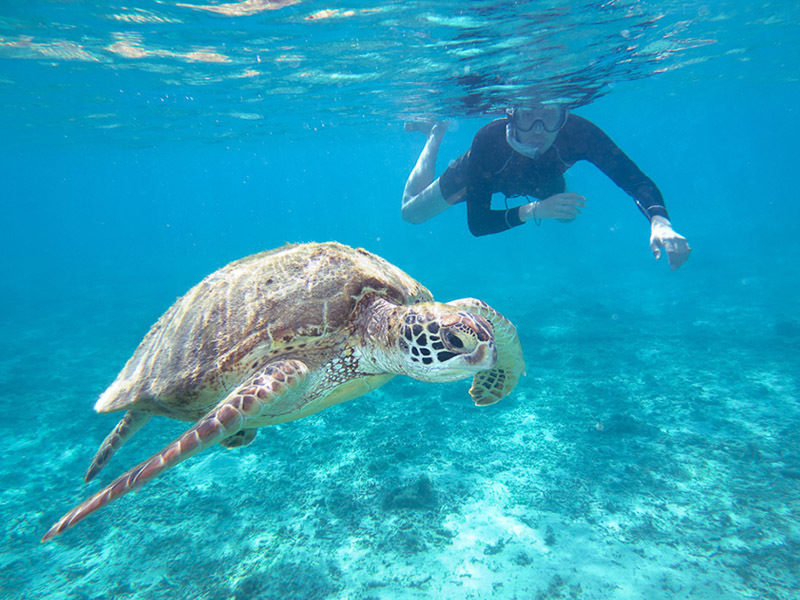
It is the largest island in the Canaries and a fantastic destination for warm-weather marine mammals watching in the wild year-round. The resident population includes pilot whales, which belong to the dolphin family but are considered whales because of their large size. Additionally, around twenty other species of cetaceans migrate to Tenerife intermittently.
Svalbard Archipelago, Norway
The Svalbard Archipelago is a stunningly beautiful chain of Arctic islands that lain directly between mainland Norway and the North Pole. For a truly unique experience, you can charter a yacht from Tromso, Norway, to explore these remote islands. There is a chance of spotting Humpback whales, Fin whales, Blue whales, and White-beaked dolphins in the shallow waters around the islands, while the deeper waters are the natural habitat of Sperm Whale and Northern Bottlenose Whale. Sadly, this area was once home to numerous Bowhead whales, but they were severely affected by whaling.
Skjálfandi Bay, Iceland
Could you guess which place is known as Europe’s whale-watching capital? It is Húsavík, a small town on the shores of Skjálfandi Bay in northeastern Iceland. The likelihood of spotting whales such as Humpbacks, Minke whales, Blue whales, White-beaked dolphins, and Harbor porpoises here is over 98%, increasing to more than 99% during the summer months. You can also visit the local Whale Museum to explore all there is to know about these marine creatures.
The final words
As mentioned earlier, the increasing popularity of whale and dolphin watching tours should not negatively impact the natural behavior of these marine mammals. Responsible guidelines are in place to ensure their protection, such as refraining from chasing them, minimizing underwater noise from boats, and other considerations. By choosing reputable tour operators who prioritize animal welfare and environmental stewardship, visitors can contribute to conservation efforts and enhance their cetacean spotting experience.
